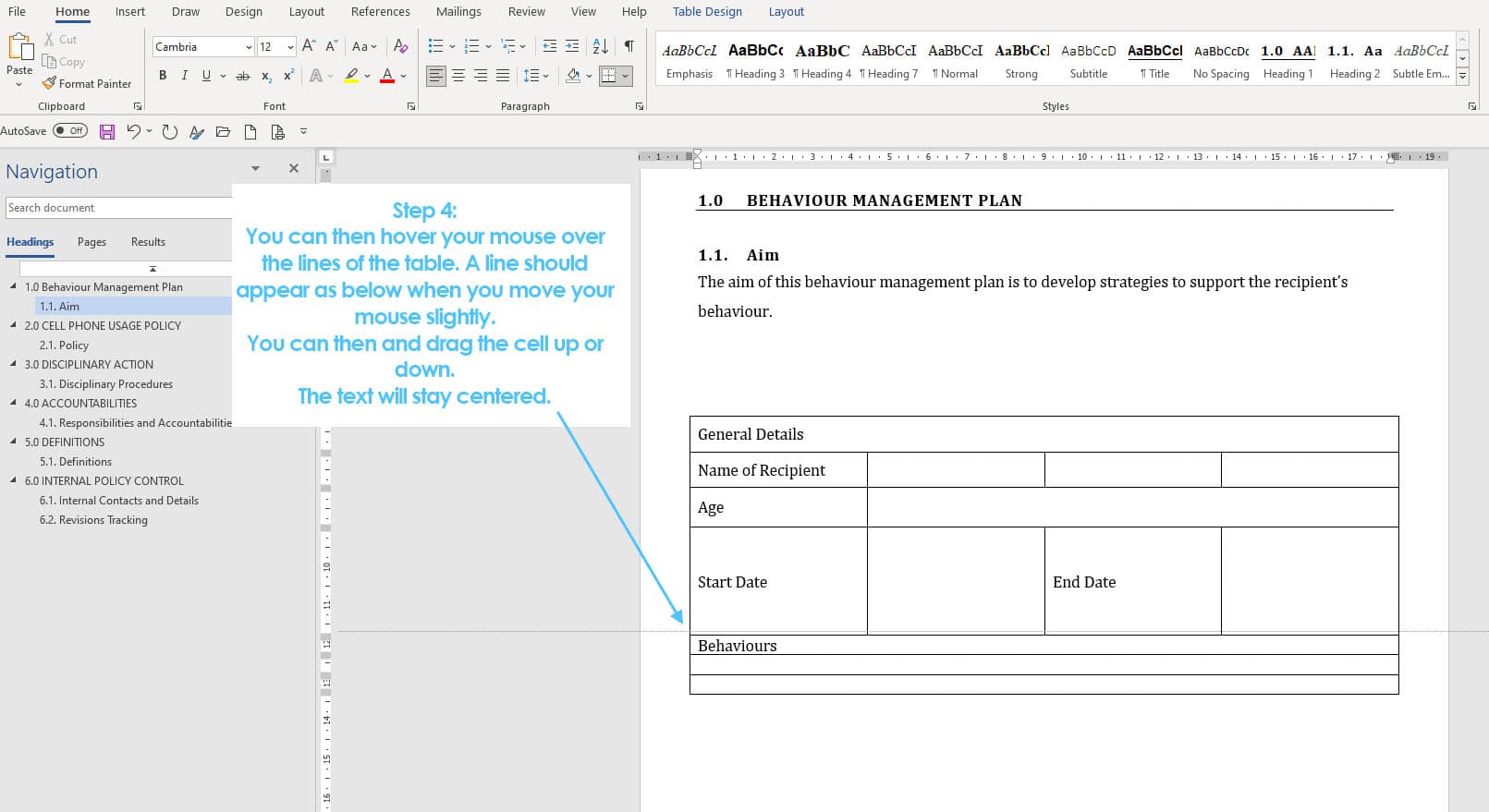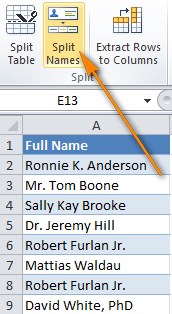

- HOW TO INSERT A TABLE IN WORD WITHOUT CELLS HOW TO
- HOW TO INSERT A TABLE IN WORD WITHOUT CELLS UPDATE
COVID-19 Portal While this global health crisis continues to evolve, it can be useful to look to past pandemics to better understand how to respond today.Student Portal Britannica is the ultimate student resource for key school subjects like history, government, literature, and more.From tech to household and wellness products. Britannica Explains In these videos, Britannica explains a variety of topics and answers frequently asked questions.This Time in History In these videos, find out what happened this month (or any month!) in history.#WTFact Videos In #WTFact Britannica shares some of the most bizarre facts we can find.Demystified Videos In Demystified, Britannica has all the answers to your burning questions.Britannica Classics Check out these retro videos from Encyclopedia Britannica’s archives.Subscribe to get more articles like this oneĭid you find this article helpful? If you would like to receive new articles, join our email list. There are many other fields that can insert variable information in Word documents. A drop-down menu appears.įormula fields are just one type of field you can use in Word. To select the entire table, click the four arrows on the top left of the table.
HOW TO INSERT A TABLE IN WORD WITHOUT CELLS UPDATE
If you want to update all formulas in a table, select all of the cells in the table and press F9. If the original data changes, you can right-click the Formula field and select Update from the drop-down menu or press F9. The Function dialog box appears as follows with a formula and a format selected: Word inserts the formula as a field and displays the results.

You can also choose other functions from the Paste Function drop-down menu. If you want to change the formula, click in the Formula box and enter a formula (starting with =).

Word will typically insert a function and arguments in the Formula box. Select Function (fx) in the Data group.Click the Table Tools Layout or Table Layout tab in the Ribbon.Click in the cell where you want to enter a formula.You can also use the AND and OR functions with the IF function. For example, =IF(A5>=1000,0,50) could be used to calculate a shipping cost of 50 if orders are less than 1000. Word tables can also perform more complex calculations using the IF function with the syntax =IF(test,true,false). You can also refer to individual cells such =SUM(B1,C1,D5).

Functions can also refer to cell references such as =SUM(C1:C10). For example, you could enter a formula =SUM(ABOVE,LEFT) and it would sum all cells that are above and to the left of that cell. If you're trying to sum the cells at the bottom of a column, the formula would be =SUM(ABOVE). You can refer to ranges of cells using ABOVE, LEFT, RIGHT or BELOW as the arguments for functions. Typically, formulas in Word tables are created using common functions such as SUM, AVERAGE, MIN, MAX or COUNT and refer to a range. In Word and Excel, you can use the same basic operators: Therefore, you can create calculations that refer to cells (such as =A1+A2). In a Word table, the first column would be column A and the first row would be row 1 so the first cell would be identified as A1. When you insert a table in Word, each column and row are identified like cells in Excel worksheets and each cell is assigned a cell reference. To insert a formula in a cell in a Word table, you'll need to use the Function command on the Table Tools Layout or Table Layout tab in the Ribbon:ĭo you want to learn more about Microsoft Word? Check out our virtual classroom or live classroom Word courses > Understanding formula syntax For example, the Table Tools Design tab may appear as Table Design. For Word 365 users, Ribbon tabs may appear with different names. Note: Buttons and Ribbon tabs may display in a different way (with or without text) depending on your version of Word, the size of your screen and your Control Panel settings. Recommended article: 3 Simple Ways to Copy or Import Excel Data into Word (Linked or Unlinked) You can't perform text calculations or output text. For more complex calculations, it's usually best to create formulas in Excel where they will update automatically.įormulas and functions in Word tables only work with numbers. When you insert formulas in Word tables, you are really inserting fields so the fields will need to be updated if the data in the table changes. These formulas can include functions such as SUM or AVERAGE or basic operators. You can insert formulas in Word tables to perform calculations. Create Calculations in Word Tables Using Formulasīy Avantix Learning Team | Updated October 9, 2021Īpplies to: Microsoft ® Word ® 2013, 2016, 2019 or 365 (Windows)


 0 kommentar(er)
0 kommentar(er)
